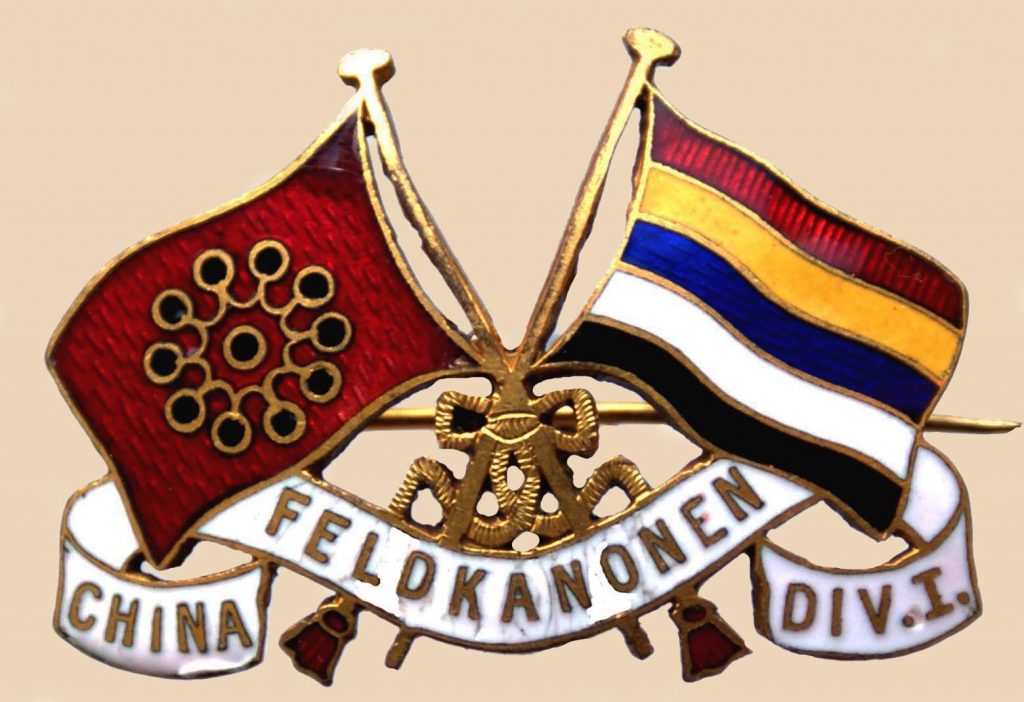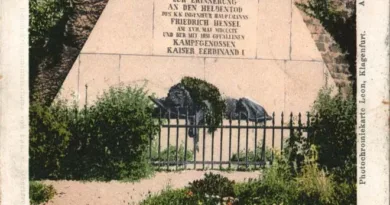China Batteries
There’s relatively little knowledge about the China batteries. At least, I barely found out anything. By browsing through the volume “The Hungarian Gunner”, the following were revealed. In 1914, the Skoda factory prepared an unknown quantity and composition of gun material for export. They should have been shipped to Turkey and partly to China. The war cut off the Monarchy from these trading partners. Thus, new artillery units were installed from the finished guns. We also know that the development of artillery was ongoing during the war. This has been associated with repeated reorganizations and the creation of completely new regiments. The guns in question, on the other hand, were not used in one, but were distributed to several artillery units, possibly to existing ones. Their organization has been expanded with new batteries.
According to the information we found, there were field guns, howitzers and mountain cannons in the kit. I found two of the new field gun batteries: 5/5 and 6/5. These were located on the Karst Plateau. A third mountain cannon battery with the 1/3 military number was in Tyrol. One of the badges in this post belongs to a howitzer unit. You can see they’re separate units, but for some reason, they’re all written in brackets, China. So it would follow that China artillery regiment or division did not exist, only single China batteries. It should be added that this information stems from the beginning of the war. For example, the Doberdo application can be seen in sketches taken at the time of the first and second Battles of Isonzo in early Summer 1915. That is, when the developments started. It was kind of a firefighting, they sent reinforcements everywhere it was needed. At that time, artillery was mostly used in battery strength due to lack of equipment and staff.

In any case, the distinctive epithet China has survived, as evidenced by the two badges and the post card. On the card, we see a mountain cannon, and the inscription is China battery, without numbering. The inscription of the smaller, round dragon badge FHB 1 means field howitzer battery 1. On the other badge with flags 1. China field cannon division can be read. These inscriptions contradict the above findings and indicate the existence of some kind of larger artillery unit called China. Unfortunately, I couldn’t find any trace of that. Even if such a division or regiment was formed, it was applied by the batteries, this seems certain. Later, they are believed to have merged into the artillery regiments that had been created. At the beginning of the war, there were no mixed artillery regiments: howitzer and cannon units were separated. It is clear that the two badges belonged to two separate units.

The field cannon badge shows the two flags of the Republic of China used since 1912. On the howitzer badge, the dragon is an ancient Chinese symbol, a symbol of peace, well being and prosperity.





The postcard depicts a m14 7.5 cm China Gebirgskanone in its firing emplacement at Mezzodikreuz , one of the two guns manned at that place by 3/8 GebKanReg.
This batterie was first attached to 58 Geb.Brig, then from Feb.16 to 179 Inf.Brigade.
Two more guns were at Col de Baranchies.
On the background the Marmolada Glacier.
A wall plaque reporting China Batterie 3/8 1916 it still up there to be seen.
Many thanks for the details! It is most welcome!